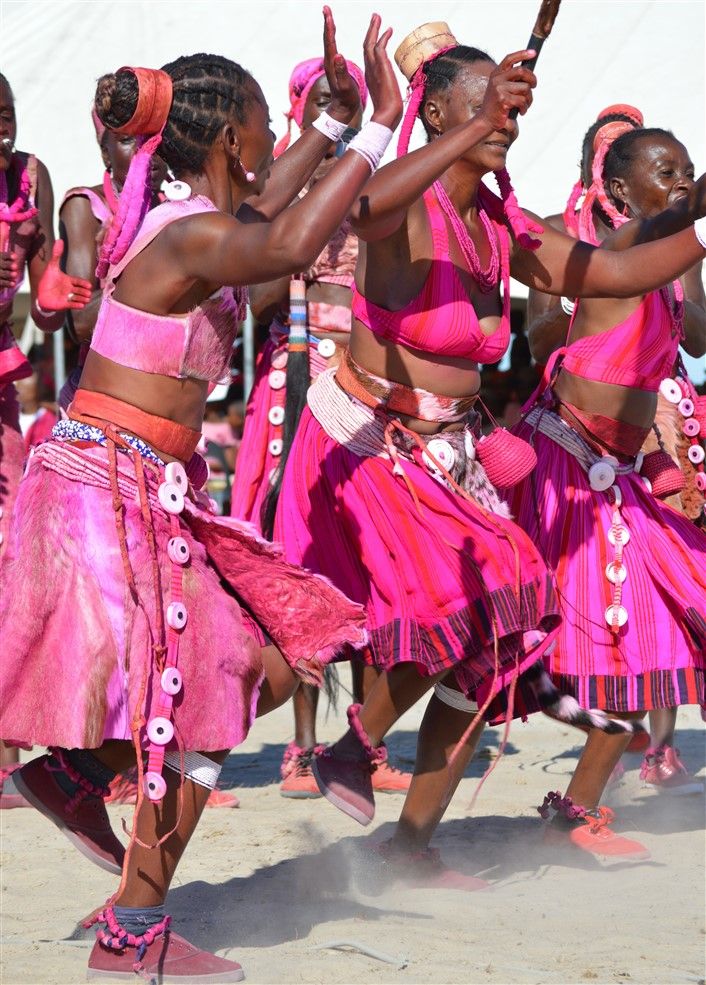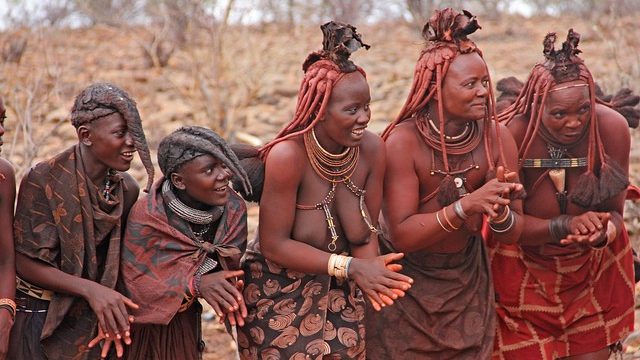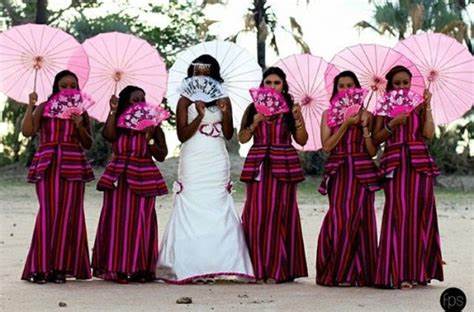
Experience the people and culture of Namibia
Introduction
African history and culture are so richly varied that they differ not only from one country to the next but also between and within regions and nations.
The authentic social fabric of customary rituals, works of art, and music which serve as the foundation for constructing identities, is held together by the culture of each ethnic group.
Background
The people of Namibia are a diverse group, and their culture and traditions incorporate both African and European elements.
Contributing to its colorful history is how the majority of Namibians who still reside in rural areas strongly hold cultural traditions despite the nation's rapid urbanisation.
With a population of about 2.55 million people, German along with English and Afrikaans, is the languages that is still extensively spoken in this Southern African country.
The People and Tribes
Namibians, who come from a range of linguistic and cultural groupings, are primarily engaged in agriculture, hunting and gathering, traditional pastoralist practices, subsistence and commercial farming, trading, mining, and fishing.
All groups and people in Namibia continue to live extremely independently from outside influences and are primarily involved in agricultural operations.
The Himba people, a nomadic people with an incredibly untouched culture, is one example of this, and interestingly, they rarely bath with water but instead apply red ochre to their skin and partake in a daily smoke bath in order to maintain good hygiene.
They are famed as the ‘red people’ due to the staining of the red ochre and there is an incredible beauty in their intricate hairstyles, traditional jewelry and warm welcoming of strangers.
Namibia’s dry lands is actually a home for about 13 different ethnic groups with Ovambo (or Ambo) the largest ethnic group, making up about 50% of the total population.

Stone Age inhabitants (San People)
The San, direct descendants of Stone Age inhabitants, have a legacy spanning many centuries across large parts of southern and eastern Africa. Rock art dating back thousands of years in some cases stand testament to the very enduring power of the San people.
The Warriors - Nama
Despite being pastoralists, the Nama tribe's fascinating history by no means sees them being put out to pasture.
Lauded as fearsome fighters in precolonial times, they routinely fought wars with the neighbouring Herero over fertile grazing grounds dotted across parts of central Namibia.
Cattle Culture (Herero)
The Herero are arguably the most culturally recognisable in Namibia with its women known for their bright and colourful ankle-length dresses, high necklines, tight bodices, and long puffed sleeves.
Adapted from European fashion in the Victorian period, the style of the dress is now regarded as a cultural tradition and worn with a cloth headdress, pointed on either side, meant to symbolise cattle horns.
Herero are historically nomadic herders with cattle forming an important part of their culture.
Largest Ethnic Group
Centuries ago, several Ovambo kingdoms spanned the floodplains north of Etosha, which is where a majority of Ovambo people still live today.
The Ovambo were at the forefront of the struggle for independence from South Africa and Namibia's founding president was born and raised in an Ovambo village.
The Damara
The Damara and Nama people share the same language, their origins are clouded in mystery, although some believe that the Damara are descended from south-western Africa hunter-gatherers.
The first prime minister of Namibia and his immediate successor were both Damara.
Namibians Culture
Weddings are extremely important social events in Namibia as it brings family and friends together to sing, dance, feast and have extended greetings and handshakes.
Also in Namibia, when food and drink is offered to a guest, it is polite to accept because there is a general emphasis on emotional restraint in public especially in rural areas.
When it comes to religion, although a small percentage of the population practices traditional religions, the vast majority are Christians.

Secular Celebrations
Some celebrations with national or political significance include Cassinga Day (4 May) which commemorates the deaths of hundreds of Namibian refugees in a 1978 attack, Independence Day (21 May).
Others are the New Year's Day (1 January), Workers' Day (1 May), Africa Day (25 May) and Heroes Day (26 August).
These occasions are marked by singing, dancing, and speeches by public officials.
Conclusion
African people and ethnic groups each have their own traditions. Each group's traditions and rituals have been woven together to create a tapestry that is as vibrant and varied as the people of Africa
Exploring, developing and deepening features about Africa makes culture uniqueness very attractive and competitive, its distinction enhances the quality of life and deepens the African identity which makes us who we are.
Comments (0)